Next Js Get Query Params In Getserversideprops
Next.js is a popular framework for building React applications that allows for both client-side and server-side rendering. Client-side rendering happens when the browser downloads a JavaScript file and renders the components on the user’s device. On the other hand, server-side rendering renders the components on the server and sends the pre-rendered HTML to the user’s device.
The choice between client-side and server-side rendering depends on the use case. While client-side rendering is faster once the initial page load is complete, server-side rendering is beneficial for pages that require dynamic data that may change frequently.
Introduction to getServerSideProps in Next.js
Next.js provides a built-in function called getServerSideProps, which allows you to fetch data on the server before rendering a page. This function runs at request time on the server and provides the data as props to the component that will be rendered.
The getServerSideProps function is executed for every request, which means you can fetch fresh data on each request. This makes it suitable for scenarios where the data needs to be updated frequently or is specific to the user making the request.
Overview of query parameters
Query parameters are a way to pass data to a web page through the URL. They are included after the question mark (?) in the URL and are separated by an ampersand (&) if there are multiple parameters. Query parameters consist of a key-value pair, where the key represents the parameter name and the value is the actual value being passed.
For example, in the URL `https://example.com/products?id=123&category=electronics`, the query parameters are `id=123` and `category=electronics`.
Using query parameters in getServerSideProps
To access query parameters in the getServerSideProps function, you can utilize the `context` object passed as a parameter. The `context` object contains information about the current request, including the query parameters.
Here’s an example of how to access query parameters in getServerSideProps:
“`jsx
export async function getServerSideProps(context) {
const { query } = context;
const productId = query.id;
// Fetch data based on the productId
const product = await fetchProduct(productId);
return {
props: {
product,
},
};
}
“`
In the above example, the `query` property of the `context` object provides access to the query parameters. In this case, we’re accessing the `id` parameter to fetch the product data.
Accessing query parameters in the component
Once you have accessed the query parameters in the getServerSideProps function, you can pass them as props to the component that will be rendered. The component can then access the query parameters like any other prop.
Here’s an example of how to access query parameters in a component:
“`jsx
function ProductPage({ product }) {
// Access the product prop
…
return (
{product.name}
…
);
}
“`
In this example, the `product` prop received from the getServerSideProps function can be accessed directly in the ProductPage component.
Performing operations with query parameters
You can also perform operations with query parameters in the getServerSideProps function. For example, you might want to validate and sanitize the query parameters before using them to fetch data. You can also combine multiple query parameters to form a more complex query.
Here’s an example of performing operations with query parameters:
“`jsx
export async function getServerSideProps(context) {
const { query } = context;
const { id, sort } = query;
// Validate and sanitize the id parameter
const sanitizedId = sanitizeId(id);
// Determine the sort order
const sortOrder = determineSortOrder(sort);
// Fetch data based on the sanitizedId and sortOrder
const products = await fetchProducts(sanitizedId, sortOrder);
return {
props: {
products,
},
};
}
“`
In this example, we’re validating and sanitizing the `id` parameter and determining the `sortOrder` based on the `sort` parameter. We then fetch the products based on these parameters.
Conclusion
In this article, we explored how to get query parameters in getServerSideProps in Next.js. We discussed the difference between client-side and server-side rendering, introduced the getServerSideProps function, and provided an overview of query parameters.
We also covered how to access and utilize query parameters in the getServerSideProps function, as well as accessing them in the component. Lastly, we discussed performing operations with query parameters, such as validation and combining parameters.
Overall, query parameters in getServerSideProps provide a powerful way to customize server-side rendering based on the user’s request.
FAQs:
Q: Can I use getServerSideProps in combination with getStaticProps?
A: No, getServerSideProps and getStaticProps cannot be used together in the same page. You should choose one based on your use case. If you need to fetch data at request time, use getServerSideProps. If the data can be pre-rendered at build time, use getStaticProps.
Q: What is the difference between getInitialProps and getServerSideProps?
A: getInitialProps is an older API in Next.js that was used before the introduction of getServerSideProps and getStaticProps. getInitialProps can be used with both client-side and server-side rendering. However, getServerSideProps is recommended for server-side rendering, as it provides more flexibility and better performance.
Q: Can I use useRouter in getServerSideProps?
A: No, you cannot use useRouter in getServerSideProps, as it is meant to be used in the React component directly. You can only access query parameters and other information through the `context` object passed to getServerSideProps.
Q: Can I access the query parameters on the client-side?
A: Yes, you can access the query parameters on the client-side using the useRouter hook provided by Next.js. It allows you to access the query object, which contains the query parameters.
Q: Are there any limitations to using getServerSideProps?
A: Since getServerSideProps runs on the server for every request, it can impact the performance if the data fetched in this function is time-consuming or resource-intensive. Additionally, getServerSideProps is only available in pages, not in components or non-page files.
Q: Can I use getServerSideProps with TypeScript?
A: Yes, getServerSideProps works perfectly fine with TypeScript. The type definitions for the context parameter and the return object are provided by Next.js, ensuring type safety.
Get query params in getServerSideProps, Next JS API get query params, getStaticProps get query params, getInitialProps vs getServerSideProps, Get query params NextJS, getServerSideProps typescript, getStaticPaths get params, Userouter in getServerSidePropsnext js get query params in getserversideprops.
Next.Js Tutorial – 33 – Ssr With Dynamic Parameters
Keywords searched by users: next js get query params in getserversideprops Get query params in getServerSideProps, Next JS API get query params, getStaticProps get query params, getInitialProps vs getServerSideProps, Get query params NextJS, getServerSideProps typescript, getStaticPaths get params, Userouter in getServerSideProps
Categories: Top 26 Next Js Get Query Params In Getserversideprops
See more here: nhanvietluanvan.com
Get Query Params In Getserversideprops
What are query params and why are they important?
Query parameters, also known as query strings or URL parameters, are key-value pairs that are appended to the end of a URL. They are used to pass additional information to a web server or web application. Query parameters play a vital role in web development as they enable developers to send specific instructions or data to the server, which in turn responds accordingly.
For example, consider a product listing page on an e-commerce website. To filter the products by their categories, you might append a query parameter to the URL, such as “/products?category=electronics”. The server can then use this query parameter to fetch and display only the desired products falling under the electronics category. This interaction between the frontend and the backend allows for a dynamic and responsive user experience.
How to get query params in getServerSideProps?
In Next.js, getServerSideProps is a special function that runs on the server-side before rendering a page. It allows developers to fetch data from an external API or perform any other necessary asynchronous operations. To obtain query params within getServerSideProps, the incoming request object can be accessed.
The request object in getServerSideProps provides access to several properties, including query. The query object contains all the query parameters passed in the URL. To retrieve a specific query parameter, you can simply access it by its key within the query object.
Here’s an example of how to get query params in getServerSideProps:
“`javascript
import { GetServerSideProps } from ‘next’;
const MyPage = ({ products }) => {
// Do something with the fetched data
return (
// Render the page
);
};
export const getServerSideProps: GetServerSideProps = async ({ query }) => {
const category = query.category; // Accessing the ‘category’ query parameter
const response = await fetch(`https://api.example.com/products?category=${category}`);
const data = await response.json();
return {
props: {
products: data,
},
};
};
export default MyPage;
“`
In this example, the getServerSideProps function receives the query parameter ‘category’ through the object destructuring syntax. It then uses this parameter to fetch the relevant data from an imaginary API and returns it as a prop to the MyPage component. The fetched data can then be utilized within the component for rendering purposes.
Can I provide default values for query params?
Absolutely! Sometimes, query parameters may not be present in the URL, especially during the initial request. In such cases, it is useful to assign default values to these parameters. Next.js allows you to achieve this easily.
To provide default values for query params in getServerSideProps, you can use the optional chaining (?.) and nullish coalescing (??) operators. By doing so, you can ensure that the code doesn’t break or produce unexpected results when the query parameter is undefined or null.
Here’s an example:
“`javascript
export const getServerSideProps: GetServerSideProps = async ({ query }) => {
const category = query.category ?? ‘all’; // Providing a default value of ‘all’
const response = await fetch(`https://api.example.com/products?category=${category}`);
const data = await response.json();
return {
props: {
products: data,
},
};
};
“`
In this example, the query parameter ‘category’ is assigned a default value of ‘all’. If the ‘category’ query parameter is not provided in the URL, it will be set to ‘all’ by the nullish coalescing operator (??). This ensures that the API request is still made and data is fetched, albeit with a default category.
In conclusion, obtaining query parameters in getServerSideProps is a fundamental aspect of server-side rendering in Next.js. It allows developers to extract valuable information from the URL and use it to fetch relevant data or perform any other necessary operations. By leveraging the power of query parameters, Next.js enables the creation of dynamic and interactive web applications.
Next Js Api Get Query Params
Query parameters are key-value pairs appended to the end of a URL. They provide additional information to the server or client and are often used for filtering, sorting, or searching data. For example, in a URL like “https://example.com/products?category=electronics”, the query parameter is “category=electronics”, where “category” is the key and “electronics” is the value.
In Next.js, the getServerSideProps() function is commonly used to fetch data for server-side rendering. This function runs on the server before sending the HTML to the client. To access query parameters within this function, you can use the context parameter. The context object contains the request and response objects, among other properties.
To extract query parameters from the URL, you can utilize the query property of the context object. The query property is an object that holds all the query parameters as key-value pairs. For example, if the URL is “https://example.com/products?category=electronics&sort=price”, you can access the category and sort parameters as follows:
“`javascript
export async function getServerSideProps(context) {
const { query } = context;
const category = query.category;
const sort = query.sort;
// Fetch data based on query parameters
// …
return {
props: {
category,
sort,
},
};
}
“`
In the above code snippet, we extract the category and sort parameters from the query object and use them to fetch the relevant data. The fetched data can then be passed to the component rendered by Next.js.
Next.js also provides an alternative method of accessing query parameters using the useRouter() hook. This hook is specifically designed for client-side rendering and can be used within functional components. To access query parameters using useRouter(), you can simply import the hook from the Next.js library and utilize it as shown below:
“`javascript
import { useRouter } from ‘next/router’;
function MyComponent() {
const router = useRouter();
const { category, sort } = router.query;
// Component logic
// …
return (
// JSX content
);
}
“`
The router.query object returned by useRouter() provides direct access to the query parameters in the component. Similar to server-side rendering, you can then use the retrieved parameters to implement dynamic functionality within your application.
FAQs:
Q: What is the benefit of using query parameters in Next.js?
A: Query parameters allow you to pass dynamic data through the URL, enabling the creation of interactive and personalized web experiences. They enable filtering, sorting, and searching data without the need for additional server requests or complex state management.
Q: Can I have multiple query parameters in a single URL?
A: Absolutely! You can have multiple query parameters in a single URL by separating them with an ampersand (&). For example, “https://example.com/products?category=electronics&sort=price”.
Q: Can I access query parameters in Next.js during the initial page load?
A: Yes, Next.js allows you to access query parameters during both server-side rendering and client-side rendering. In the case of server-side rendering, you can utilize getServerSideProps(). For client-side rendering, you can use the useRouter() hook within functional components.
Q: Are there any limitations to using query parameters?
A: While query parameters are a powerful tool, it’s important to consider the potential security risks associated with exposing sensitive data through the URL. Additionally, query parameters have a character limit, and excessively long URLs may be truncated or rejected by some servers.
Q: Can query parameters be used for search engine optimization (SEO)?
A: Yes, query parameters can be utilized for SEO purposes. However, it is recommended to use server-side rendering to generate static pages with clean URLs for better search engine visibility and user experience.
In conclusion, Next.js provides a convenient API for accessing query parameters in both server-side and client-side rendering. By leveraging these query parameters, developers can create dynamic and interactive web applications that enhance user engagement. Whether it’s filtering, sorting, or searching data, Next.js enables easy retrieval of query parameters, contributing to a seamless user experience.
Getstaticprops Get Query Params
Introduction:
When it comes to Next.js, one of the most powerful features for data fetching is the `getStaticProps` function. It enables developers to fetch data at build time, ensuring that the content is pre-rendered and ready to be served to users. In this article, we will dive into how `getStaticProps` can be used to fetch query parameters, providing in-depth explanations and also addressing frequently asked questions.
Understanding getStaticProps:
`getStaticProps` is a Next.js function that allows you to fetch data at build time. When a page with `getStaticProps` is pre-rendered, it gets the data it needs and returns it as props to the component that requires it. This approach not only boosts performance but also provides meaningful search engine optimization (SEO) benefits.
Fetching Query Parameters with getStaticProps:
Typically, query parameters are used to pass additional information to a URL. With `getStaticProps`, you can easily extract these query parameters and use them to fetch the necessary data for your page.
To illustrate this, let’s consider an example where you have a blog page that supports filtering by category. You can enable this functionality by implementing `getStaticProps` and extracting the category query parameter. Here’s how you can achieve this:
1. Import the necessary modules:
“`
import { useRouter } from ‘next/router’;
“`
2. Define the component and the `getStaticProps` function:
“`javascript
export default function Blog({ posts }) {
// Component rendering logic
}
export async function getStaticProps(context) {
const router = useRouter();
const { category } = router.query;
// Fetch blog posts based on the category query parameter
return {
props: {
posts // Data fetched based on the category query parameter
}
};
}
“`
3. Render the blog posts on the page using the `posts` prop.
With this implementation, whenever a user navigates to the blog page with a specific category query parameter, `getStaticProps` will be triggered, fetching the relevant blog posts based on that category.
FAQs:
Q1. How does getStaticProps differ from getServerSideProps?
A1. The main difference lies in when the data is fetched. `getStaticProps` is executed at build time, whereas `getServerSideProps` fetches the data on each request. In terms of query parameters, both functions can access and use them. However, the choice depends on your specific requirements.
Q2. Can I fetch multiple query parameters with getStaticProps?
A2. Yes, you can fetch multiple query parameters within `getStaticProps`. Simply access them from the `router.query` object and use them accordingly in your data fetching logic.
Q3. What happens if a query parameter is not present in the URL?
A3. If a query parameter is not present, the corresponding value fetched from `router.query` will be `undefined`. You can handle this situation by setting default values for the parameters or executing an alternative logic.
Q4. Can I use getStaticProps along with getServerSideProps within the same component?
A4. No, you cannot use both functions in the same component. Next.js enforces either one or the other to ensure consistent data fetching behavior.
Q5. Can I use getStaticProps in conjunction with getStaticPaths to handle dynamic routes?
A5. Absolutely! You can combine `getStaticProps` with `getStaticPaths` to handle dynamic routes. By using `getStaticPaths`, you can specify the dynamic route paths, and `getStaticProps` will fetch the data for each individual path.
Conclusion:
Utilizing the `getStaticProps` function in Next.js empowers you to fetch query parameters and use them to intelligently fetch data at build time. By pre-rendering the content, you significantly enhance performance and SEO. Understanding how to implement `getStaticProps` and work with query parameters opens up endless possibilities for creating dynamic and personalized web applications. So go ahead, explore `getStaticProps`, and elevate your Next.js development to new heights.
Images related to the topic next js get query params in getserversideprops

Found 10 images related to next js get query params in getserversideprops theme


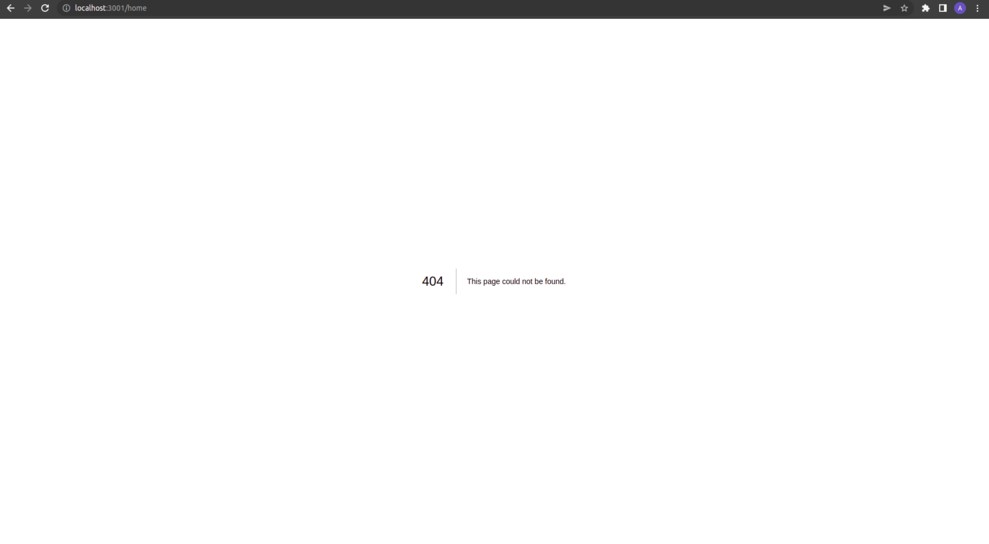



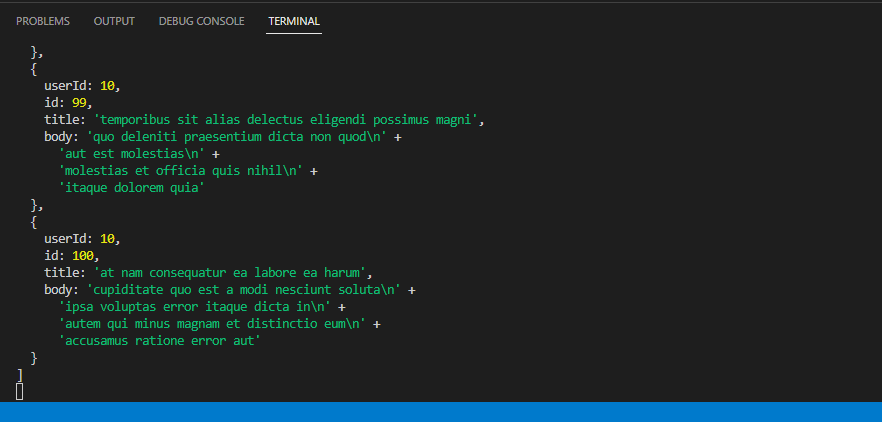
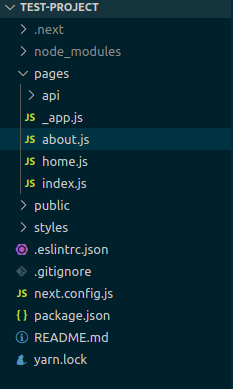




![NextJS] getServerSideProps Nextjs] Getserversideprops](https://velog.velcdn.com/images/eunnbi/post/0a885afe-ec81-4580-9db0-a38f4e876b15/image.png)
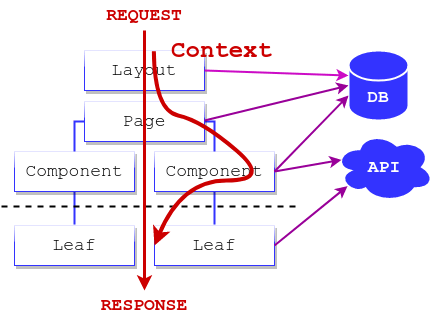


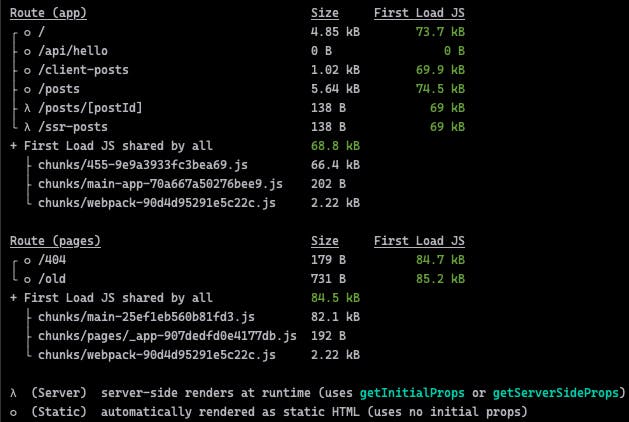
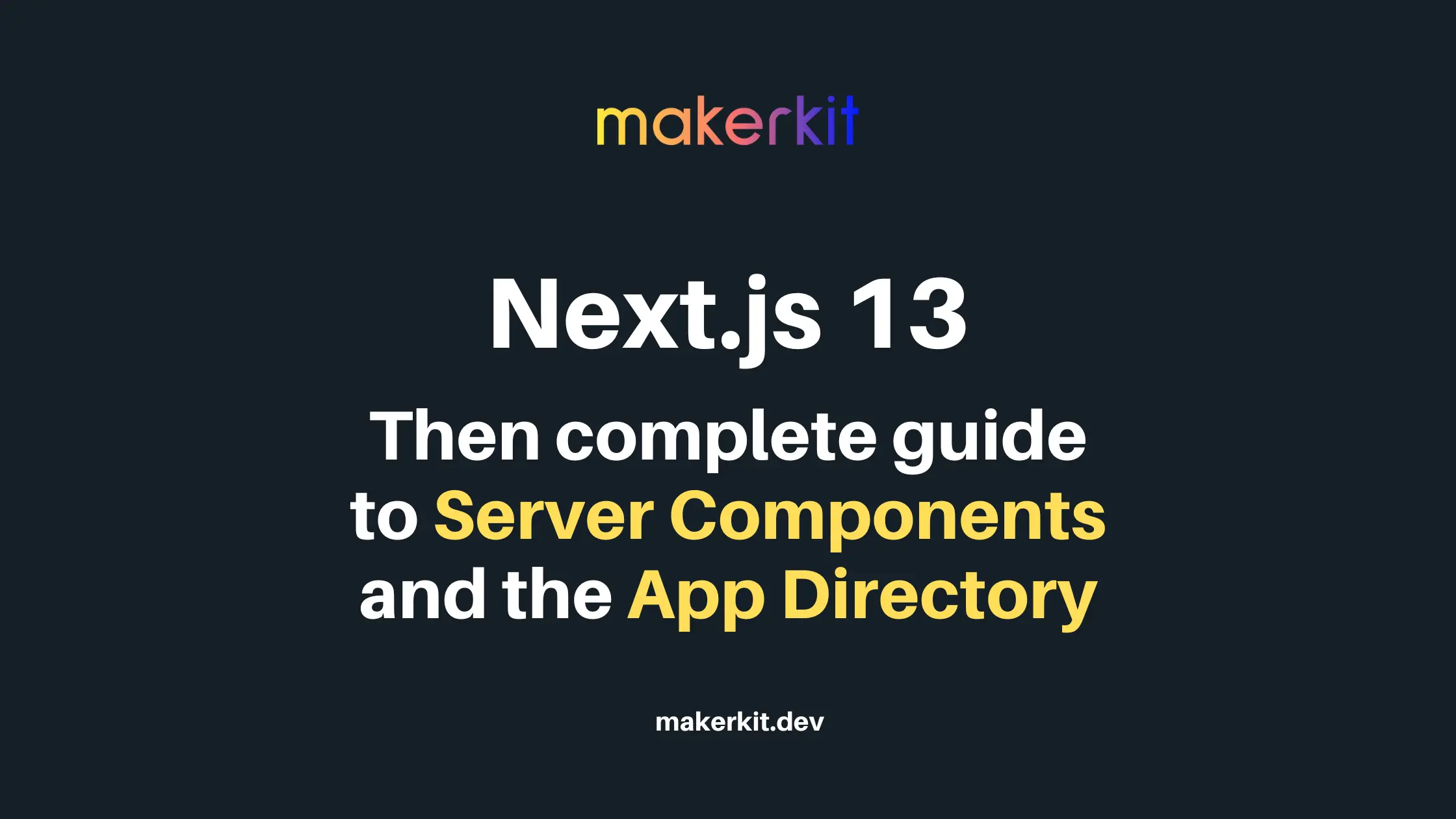






Article link: next js get query params in getserversideprops.
Learn more about the topic next js get query params in getserversideprops.
- How to access route parameter inside getServerSideProps in …
- How to get ?xx= URL parameters in getServerSideProps
- How to get the query parameters from URL in Next JS?
- How to Get Query Parameters from a URL in Next.js
- How can I get query parameters from the URL? – Sentry
- Nextjs How to use getServerSideProps – LearnBestCoding
- How to Remove Query Params in NextJS Without Refreshing …
- What is Next.js getInitialProps and getServerSideProps? | refine
See more: nhanvietluanvan.com/luat-hoc